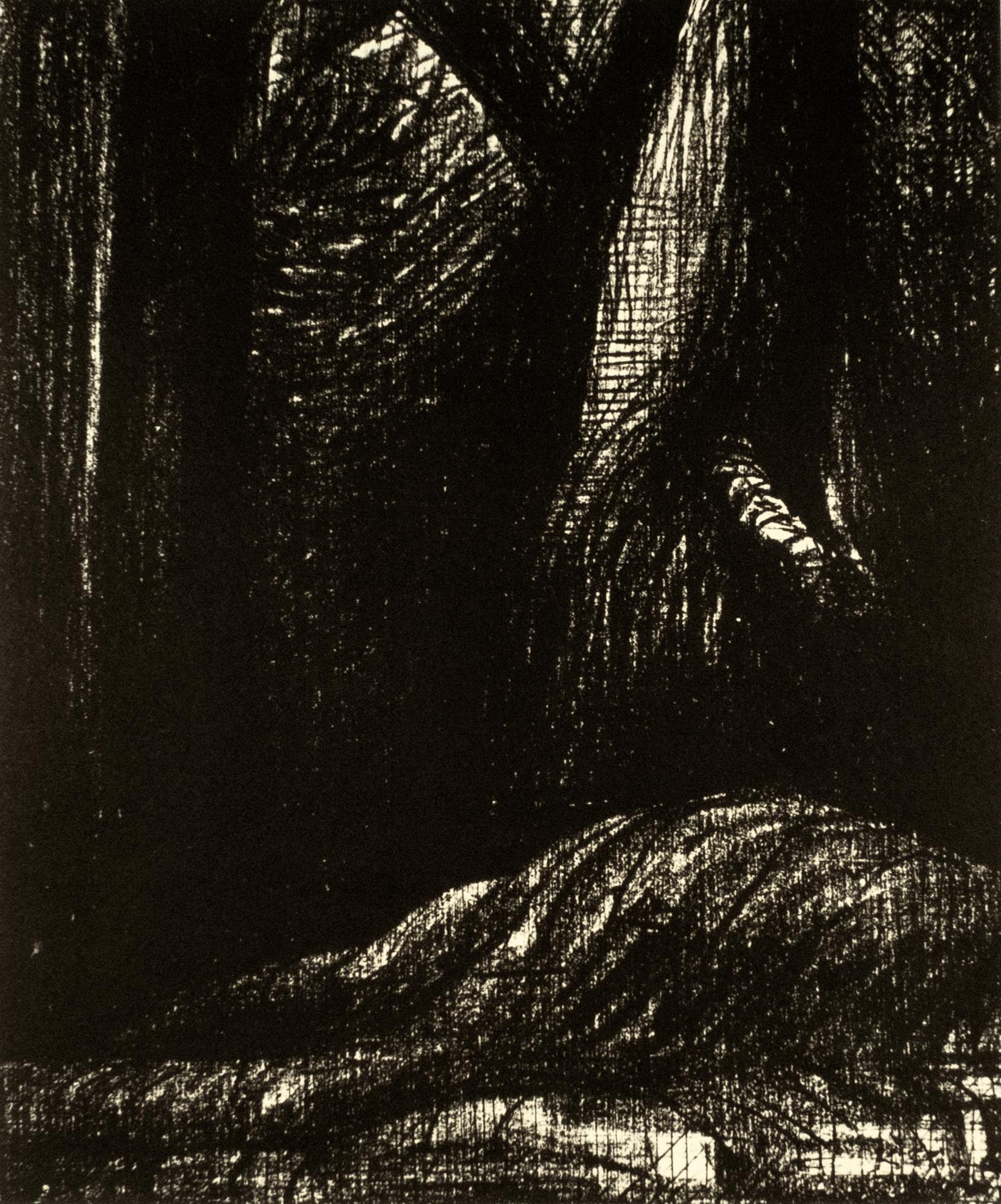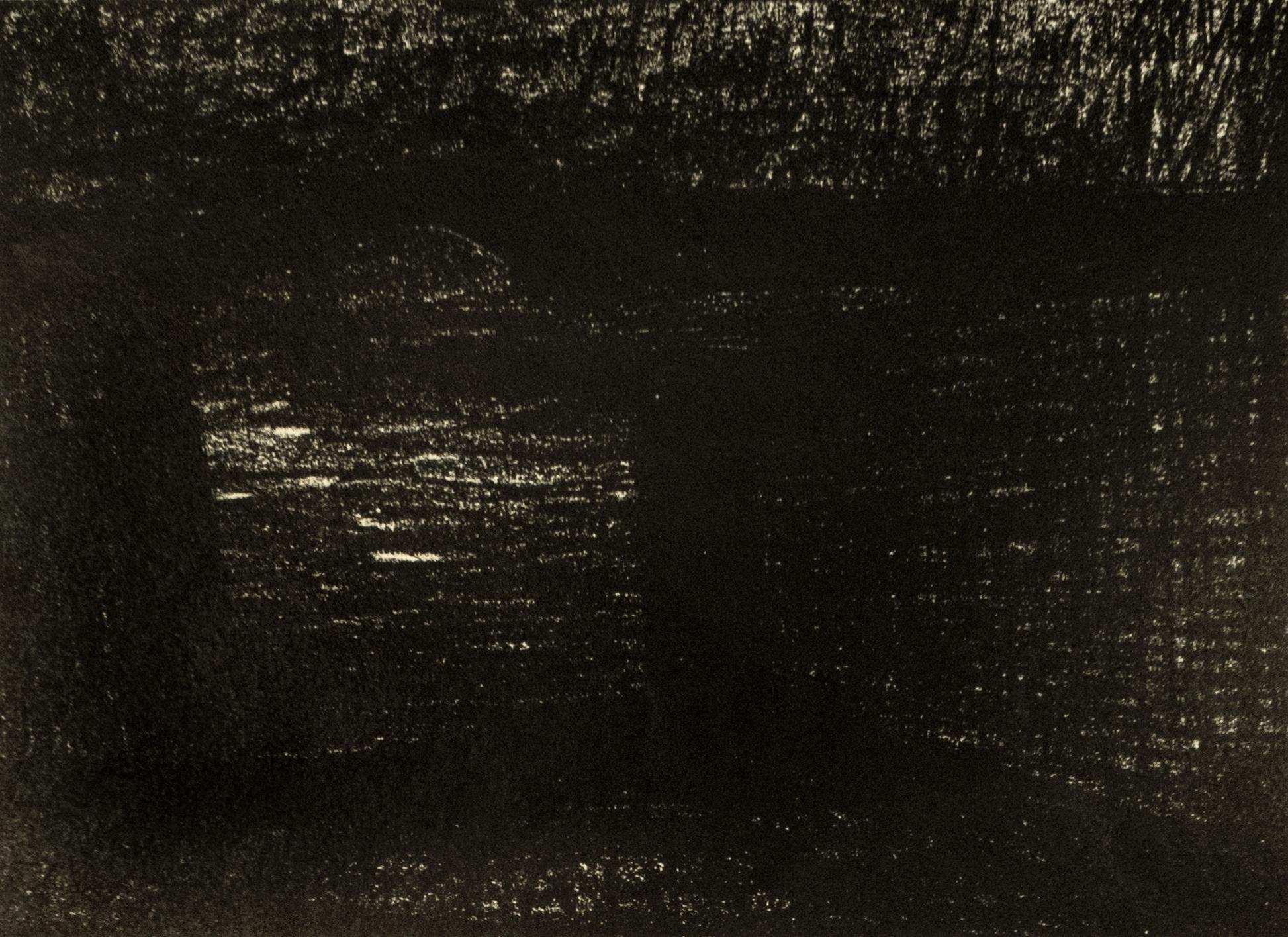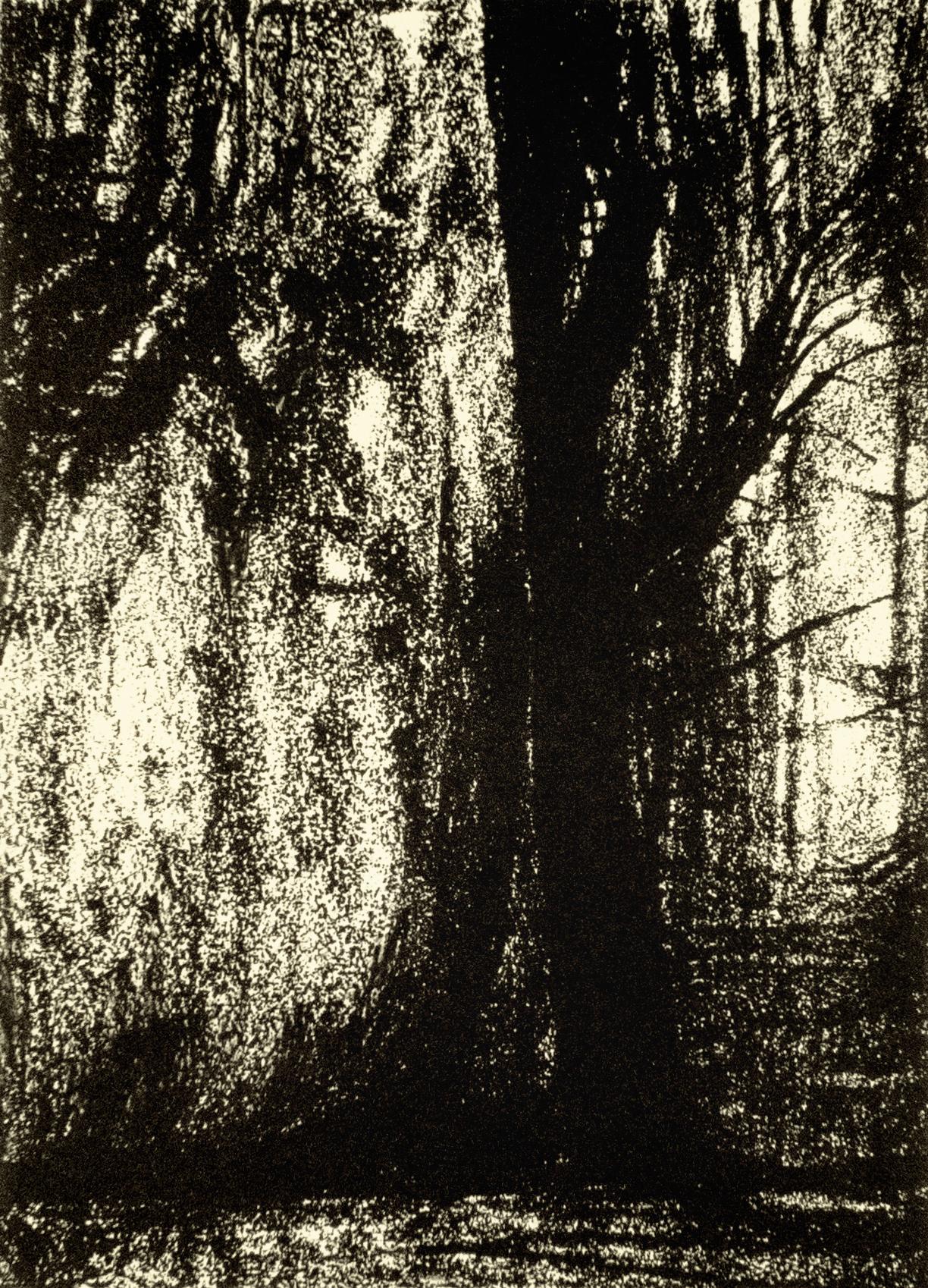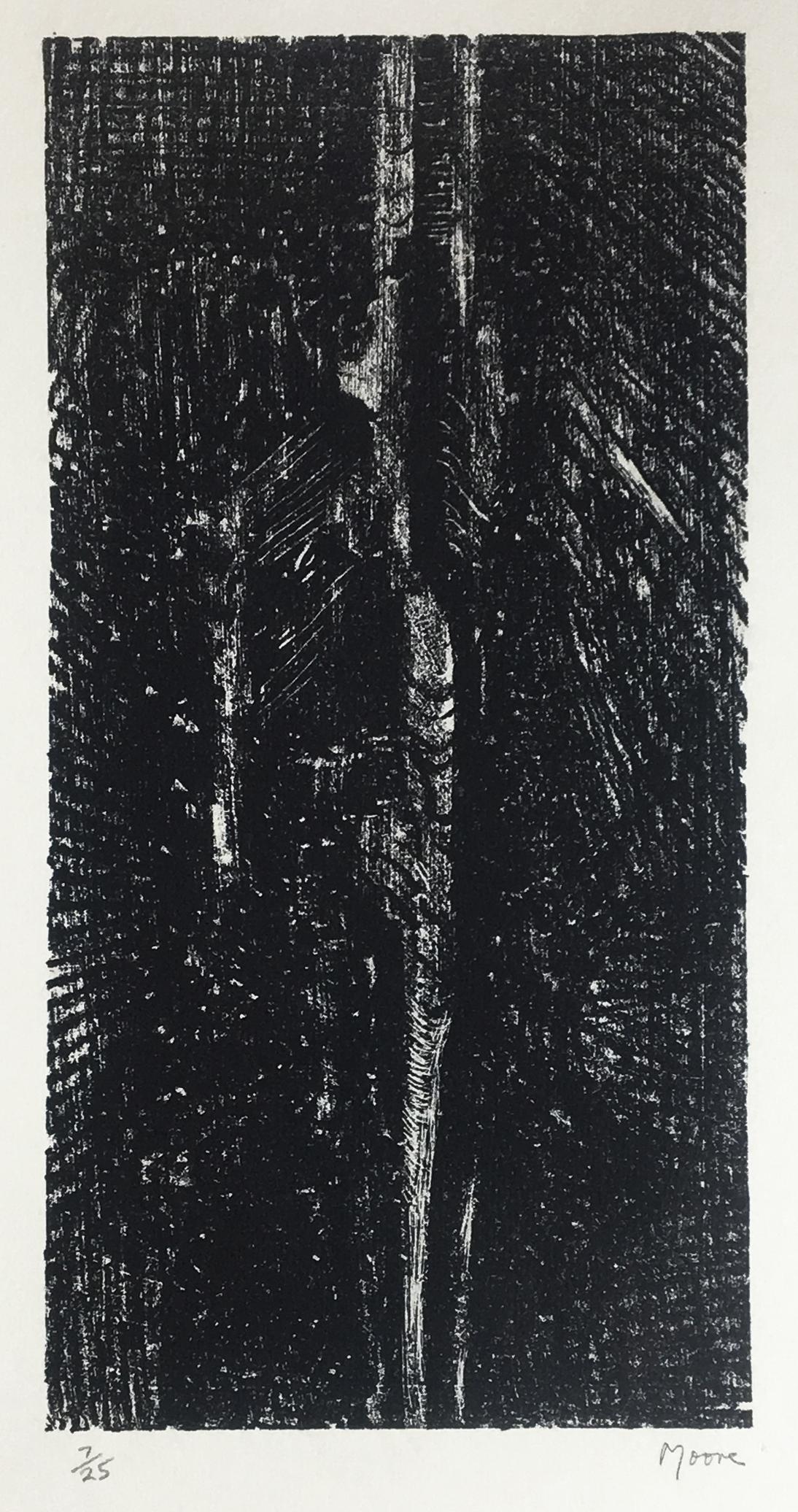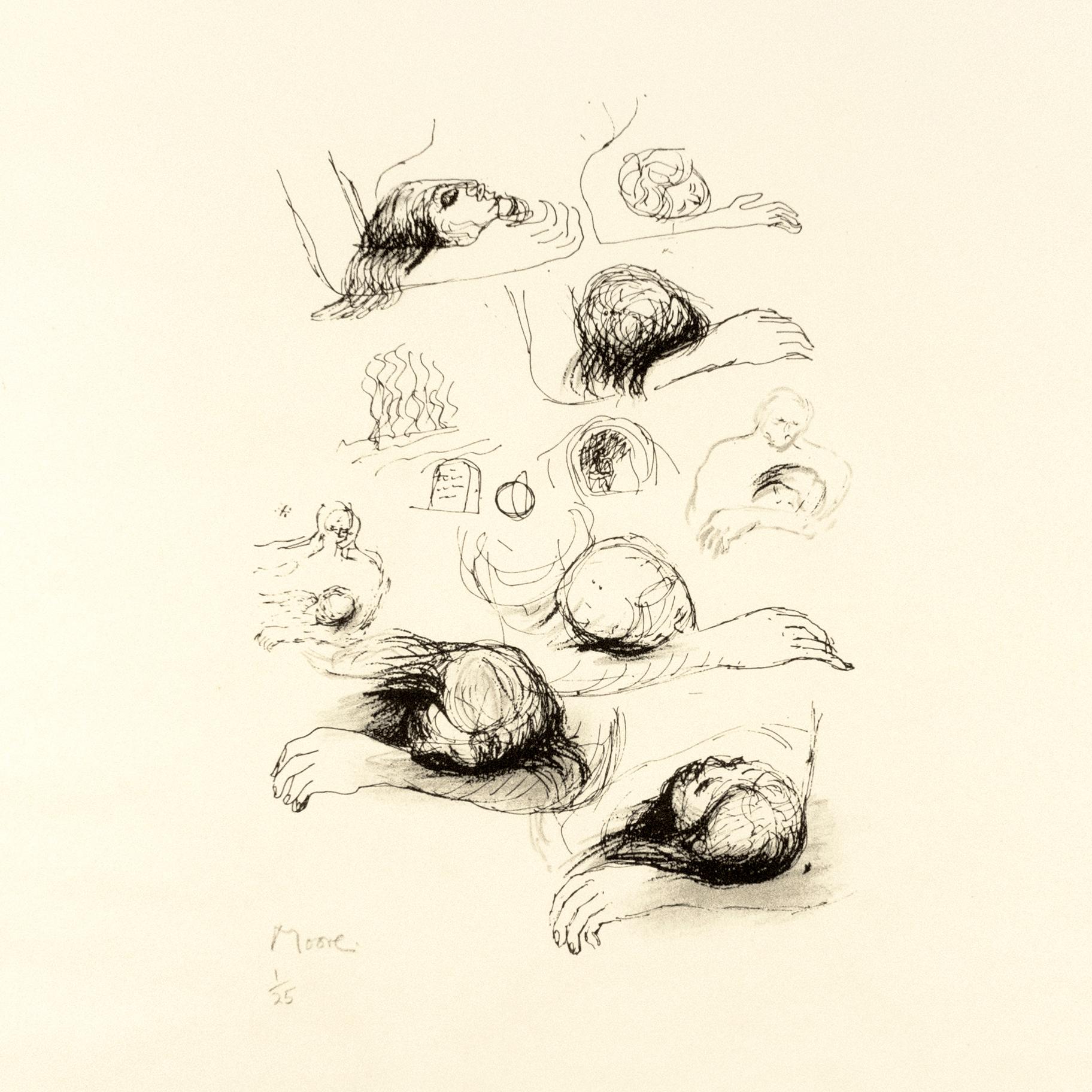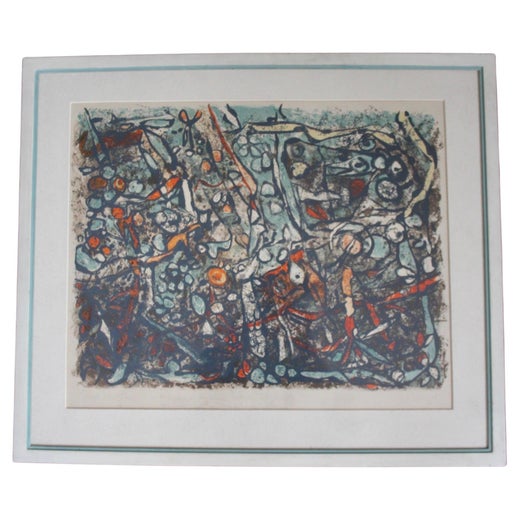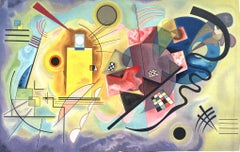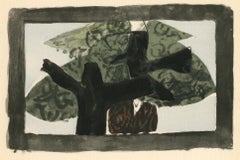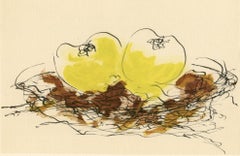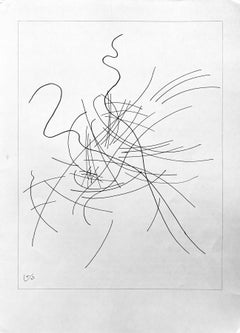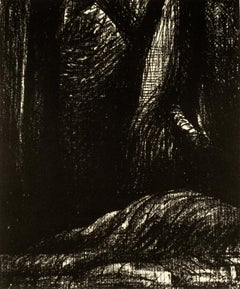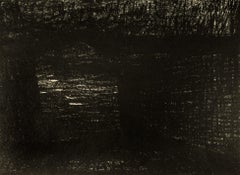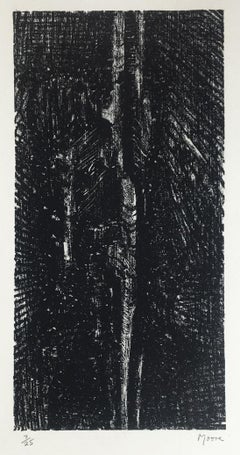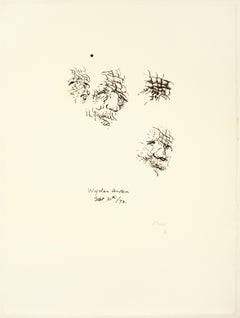Lithograph, stencil on vélin paper. Paper Size: 12.4 x 9.65 inches. Inscription: Signed in the plate and unnumbered, as issued. Notes: From the album, XXe siècle, Nouvelle série N° 7 (double) Juin 1956, Cahiers d'Art publiés sous la direction de Gualtieri di San Lazzaro, 1956. Published by Société Internationale d'Art XXe siècle, Paris, under the direction of Gualtieri di San Lazzaro, éditeur, Paris; printed by Atelier Jacomet, Paris, under the direction of Daniel Jacomet, Paris, 1956. Additional notes: Excerpted from the academic article, “Promoting Original Prints, The Role of Gualtieri di San Lazzaro and XXe Siècle” by Valerie Holman, published in Print Quarterly, XXXIII, 2016, 2, Until recently very little has been written on the Italian author and art publisher Gualtieri di San Lazzaro (1904-75), yet for 50 years he chronicled the life and work of contemporary artists, produced monographs of exceptional quality, and disseminated original prints by modern painters and sculptors through his best-known periodical, XXe Siècle. Although still a relatively unfamiliar figure in the United Kingdom, San Lazzaro is one of the half-dozen great art publishers of the mid-twentieth century who, together with his exemplar, Ambroise Vollard (1866-1939), and those of his own generation, Christian Zervos (1889-1970), Tériade (1889-1983) and Albert Skira (1904-73), chose to base himself in Paris, seeing it throughout his life as the centre of the art world….XXe Siècle, an illustrated periodical, was launched in 1938 and printed in editions of approximately 2,000, each issue containing both photographs and four-colour separation reproductions across a wide spectrum of visual imagery ranging from masterpieces of Western painting to popular prints from the Far East. Its large format, lively design, and close integration of text and image, were immediately striking, but its most innovative feature, introduced at the suggestion of Hans Arp (1886-1966), was the inclusion of original prints by contemporary artists in every issue. With obvious appeal for collectors, XXe Siècle was also designed to introduce a wider, international public to contemporary painting and sculpture through good quality colour reproductions and the immediacy of original prints. Comparable in price to Cahiers d'Art, early issues of XXe Siècle sold out rapidly. While San Lazzaro's own aesthetic preferences tended towards lyric abstraction, he made clear that XXe Siècle was non-partisan [publication ceased during World War II]….in 1951, San Lazzaro relaunched XXe Siècle with thematic issues that were materials based, or centred on a topic of current interest in the visual arts, particularly in Europe: concepts of space, matter, monochrome, mark-making and the sign.' A defining feature of the new series was Italy's artistic dialogue with France for, while San Laz-zaro had originally concentrated on Paris-based painters and sculptors, his aim was to create an international network, to make known the work of French artists in Italy and Italian artists in France, and subsequently extend this bilateral axis to the English-speak-ing world. The artists represented in No. I by an original print were all best known as sculptors: Arp, Laurens, Henry Moore (1898-186) and Marino Marini, San Lazzaro not only sought to show readers the full range of an artist's work, but to encourage the production of prints, a stimulus much appreciated, for example, by Magnelli…. Suffering from failing health, in 1968 San Lazzaro lost overall control of XXe Siècle to Léon Amiel, a printer-publisher who had provided financial backing and helped with distribution in America." Thematic issues now ceased and were replaced by a 'panorama' of the year, but San Lazzaro was still active as a publisher of books and albums of prints….Shortly after his death, San Lazzaro himself was the subject of two exhibitions: 'Omaggio a XXe Siècle' in Milan in December 1974 centred on graphic work by those artists closest to him late in life, while 'San Laz-zaro et ses Amis' at the Musée d'Art Moderne de la Ville de Paris in 1975 featured work by all those whose work he had promoted for more than 50 years: Arp, Calder (1898-1976), Capogrossi, Chagall, Sonia Delau-nay, Dubuffet, Estève, Lucio Fontana (1899-1968), Gili-oli (1911-77), Magnelli, Marini, Miró, Moore and Poliakoff. This exhibition was seen by one of his closest colleagues as an indirect portrait of San Lazzaro, a complex man whose modesty and reserve masked his unremitting drive to extend international appreciation of contemporary art, and to bring the reading public closer to its making through the medium of print.
MARIA HELENA VIEIRA DA SILVA (1908-1992) was a Portuguese abstract painter. She was considered a leading member of the European abstract expressionism movement known as Art Informel. Her works feature complex interiors and city views using lines that explore space and perspective. She also worked in tapestry and stained glass. Vieira da Silva’s initial work featured a decorative style of abstract patterning. She enjoyed toying with the idea of space and creating a false perception of space by having her painting set on a neutral background with flecks color giving a sense of depth. In the 1930s Vieira da Silva began producing her characteristic works which were heavily impastoed, and overlaid with a complex arrangement of small rectangles. In 1943, Vieira da Silva exhibited in Peggy Guggenheim's show Exhibition by 31 Women at the Art of This Century gallery in New York. As she evolved as an artist, she focused more on spatial manipulations using a wide range of techniques. She employed detailed patterns to create fabricated architectural forms and worked with complex lines, luminous spots and patterned surfaces. By the late 1950s she was internationally known for her dense and complex compositions, influenced by the art of Paul Cézanne and the fragmented forms, spatial ambiguities, and restricted palette of cubism and abstract art. She is considered to be one of the most important Post-War abstract artists although she is not a “pure” abstract painter. Her work is related to French Tachisme, American Abstract expressionism, and Surrealism, as were many of her contemporaries who were painting in Post-War Paris during the mid to late 1940s and early 1950s. Her paintings often resemble mazes, cities seen in profile or from high above or even library shelves in what seems to be an allegory to a never-ending search for Knowledge or the Absolute. Vieira da Silva has also created many prints, designs, for tapestries, ceramic decorations, and stained glass windows. On March 6, 2018, a painting da Silva, L'Incendie I, sold for $2,844,708 USD, at Christie's, setting a world record for the artist.
